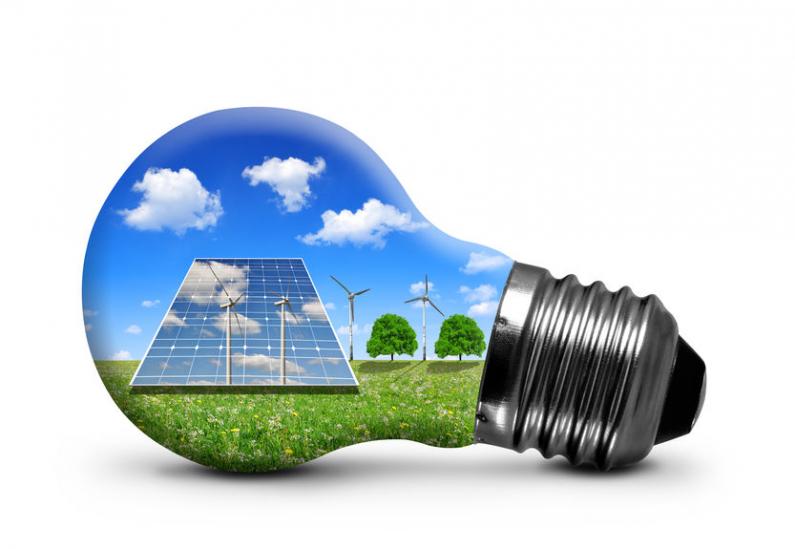
We've touched on smart lighting solutions in previous articles - the ability to harness information and collate historic patterns of use to create intelligent ways to efficiently expend lighting energy In the workplace. That long sentence boils down to the fact that lighting can be set up to be clever enough to save you energy. And by saving you energy, you save money - in return for an initial upfront investment, which, in our experience, is quickly recovered.
Firstly everyone can benefit from daylight harvesting - taking solar light energy (from the sun obviously) and using it both during the day and night. Some UK councils and Highways UK operate this policy with their street lighting to reduce the overall costs - but also to eliminate bulb failure and expiration.
You can also add lighting controls such as DLAs (Digital Light Agents) which can be fitted to any LED lights, making information and intelligence from your lights more readily available. Once you start to gather information, you can start to apply it to reduce your costs. Used in conjunction with sensors you can rapidly build a picture of lighting usage, traffic flow and room occupancy. Used in conjunction with cloud technology you can operate lighting to suit your needs. Imagine discovering that lights are only used 5% of the working day in an area that is lit for 24 hours? Then imagine that same saving across multiple sites - it happens! And because this is all figured out remotely, it can be controlled remotely too.
A data-driven organisation using sensors can make the most of its space, link lighting with security and yield other benefits that seem so futuristic that they're hard to appreciate unless you experience it. Collecting information is just the beginning. By making energy saving consideration you'll be working towards running an effective smart building - where every aspect of savings and sustainability is considered. A good definition of a smart building is: any structure that uses automated processes to control its operations including heating, ventilation, air conditioning, lighting, security and other systems.
The tangible enthusiasm for common sense savings is bound to infiltrate all environmental impacts before long.
